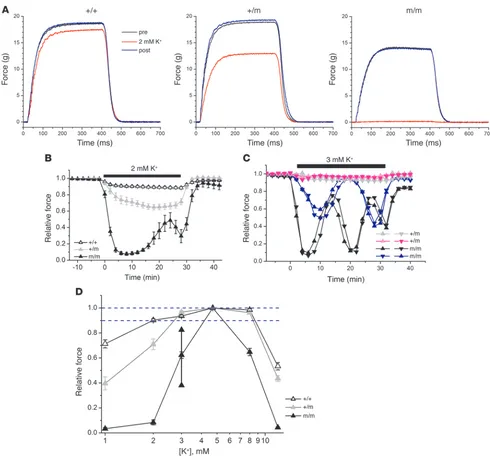A sodium channel knockin mutant (NaV1 4 R669H) mouse model of hypokalemic periodic paralysis
Full text
Figure




Related documents
Two strains of Clostridium isolated from soilnear the gas stations in Basrah, Iraq, was identified by 16S rRNA sequencing as Clostridium bifermentans
The extracted oil was immediately analyzed for chemical properties, such as iodine, acid and saponofication value, ester value and unsaponifiable matter while specific
Since many of the anti-retrovirals are metabolized in the liver through the cytocrome pathways, idiosyncratic polymorphisms of the enzymatic complexes might lead
In Southern, Central and Eastern Europe, fertility quantum as measured by the period total fertility rate (TFR) and its tempo-adjusted version was markedly below
5.11: Total energy consumption for optimal, GA-based and heuristic algorithms with node-disjoint routing constraint imposed in a nine-floor structure for Case III formulation. Case
The variables added were: i) vaccinated in a campaign, which measures if the child was vaccinated in any mobile vaccination campaign; ii) health center far away, which
These safeguards rely upon assurances provided by the EPA to the Services that the EPA will coordinate its review of state-issued NPDES permits (MEPDES Permits) with
Finally through the critical approach undertaken, authors draw on and acknowledge our own intersectional identities as African, Indigenous, and Mexican American

